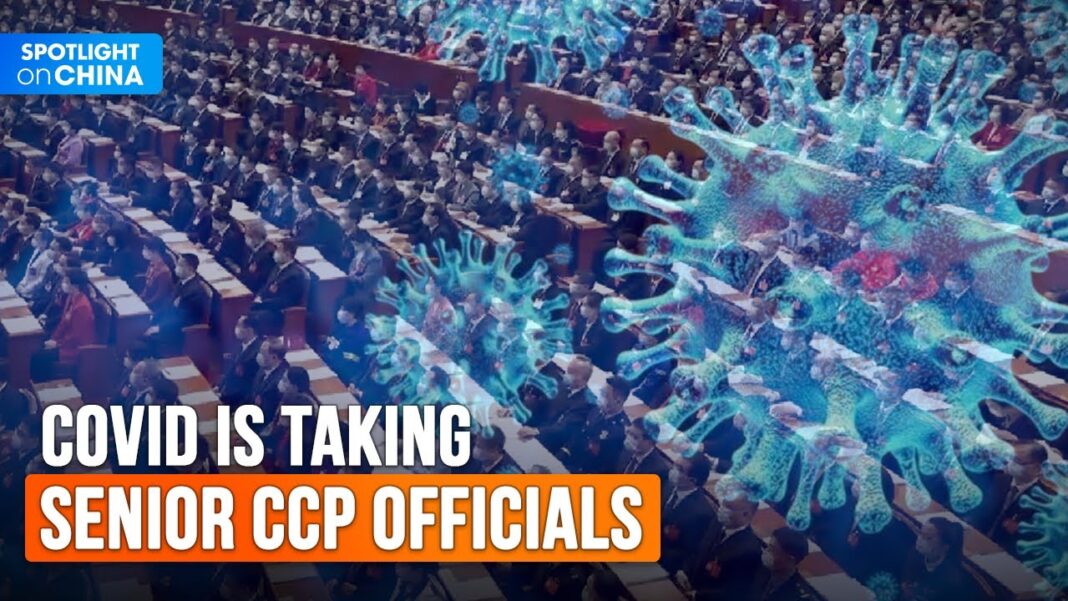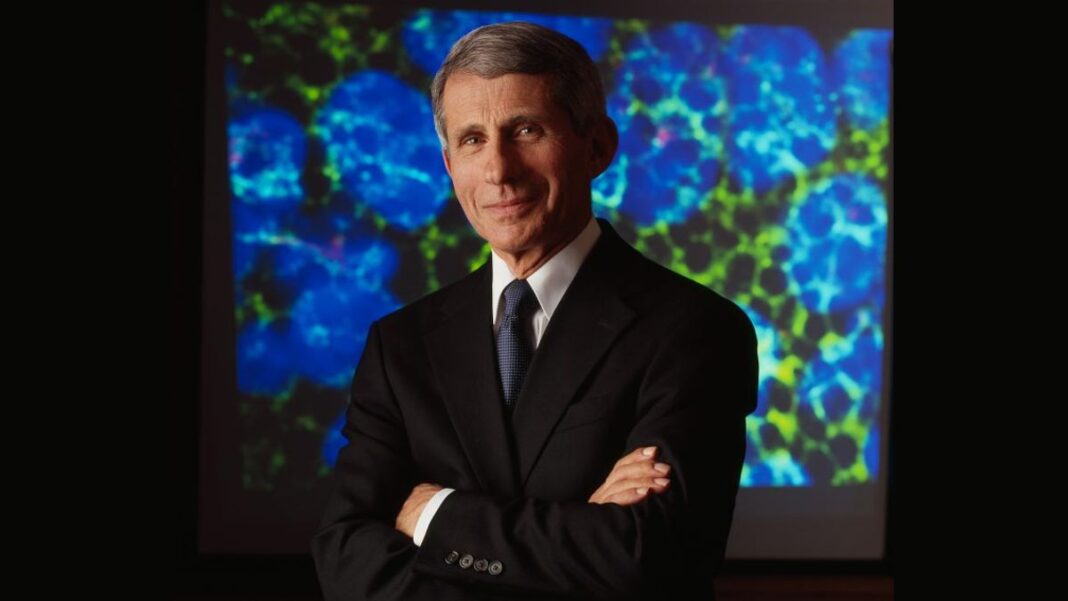
In December, 19 experts of China’s top academies, the Chinese Academy of Sciences (CAS) and the Chinese Academy of Engineering (CAE), died of unspecified “illness,” a statistic that is six times higher than the average number of deaths in the past years.
Official reports avoid mentioning the cause of these deaths, in what appears to be an attempt to cover up deaths caused by COVID-19.
But Airfinity, a UK-based Health Data Agency, updated data on Dec. 30, saying that roughly 11,000 people in China are dying every day from COVID, bringing the total number of deaths from the disease to 110,000 in December.
According to obituaries published by China’s official media, in the 12 days from Dec.15 to Dec.26, 13 members of CAE passed away due to “illness.” They are fiber optic communication expert Zhao Zisen (91), environmental engineering and environmental water quality expert Tang Hongxiao (91), rare earth metal smelting and separation expert Zhang Guocheng (91), laser technology expert Zhao Yijun (92), inorganic non-metallic materials expert Gu Zhenan (86), civil engineering and structural mechanics expert Long Yuqiu (96), ecologists and foresters Li Wenhua (90), wildlife scientist Ma Jianzhang (86), pediatric surgery specialist Zhang Jinzhe (102), thermal impeller machinery expert Wang Zhongqi (90), architect and professor at Tsinghua University Guan Zhaoye (93), welding specialist for aerospace manufacturing engineering Guan Qiao (87), and petroleum engineering expert Li Qingzhong (92).
A total of six CAS members passed away on Dec. 6, 23, and 25, including Lu Qiang (86), a Chinese expert in automatic control and dynamics of electrical systems and professor at Tsinghua University; Zhang Youshang (97), a Chinese biochemist and molecular biologist; Jiang Hualiang (57), a former director of the Shanghai Institute of Pharmaceutical Sciences; Wu Chengkang (93), a high-temperature gas dynamist; Tong Tanjun (88), a medical scientist; and Huang Kezhi (95), a physicist and a professor at Tsinghua University.
Most of the deceased were CCP members, and some were from the minority parties, such as the Democratic League and the Jiu San Society, which were recognized as existing because they explicitly supported the CCP and recognized its leadership.
By Anne Zhang and Lynn Xu






